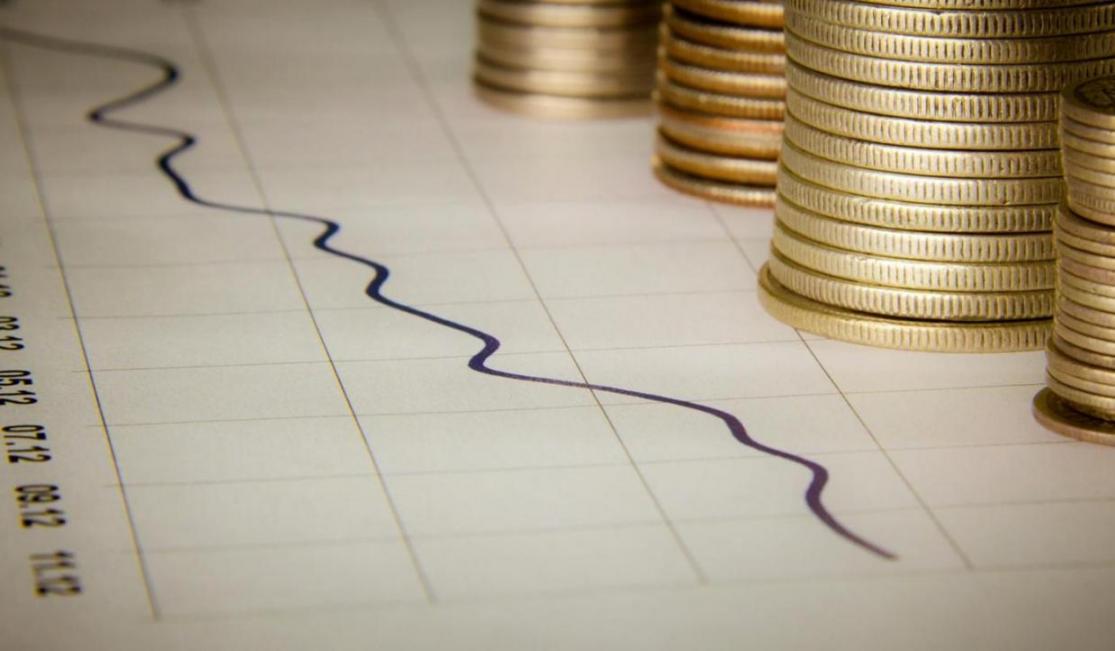Stocks, bonds and mutual funds. When foreign investors eye Iran as the biggest opportunity since the collapse of the Soviet Union 25 years ago, they first look at liquid investments.
So, financial securities are the first bridge to cross when investing in Iran. You can either invest yourself or put your money in one of over 200 mutual funds that currently invest in Iran’s capital markets.
The question now is which funds broke the bank and which ones only made a buck or two during the past 12 months.
Financial Tribune took a look at all the funds that were more than a year old. In our March 15 issue, we surveyed funds that only invest in shares. Equity funds’ average return was 28.2% for the current Iranian year (ending March 19)–just under Tehran Stock Exchange’s 28.3% return.
TSE Benchmark TEDPIX started the year just above 62,000 points but is finishing above 80,000 points.
But putting your money in an exchange-traded fund is simpler than investing in a mutual fund. ETF shares are traded on exchanges and can be bought and sold via a broker or on an online trading platform, while you would have to pay your favorite mutual fund a visit whenever you want to make a deposit with them.
However, when investing in ETFs you’re left with little option. There are only eight funds that have been active for over a year. They manage 4.48 trillion rials (over $130 million at market exchange rate) combined.
Of those eight, five invest in stocks only. Two are hybrid funds, which invest in both stocks and bonds. The remaining one, Etemad Afarin Parsian, only holds bonds in its portfolio and is by far the largest with assets worth 3.3 trillion rials ($97 million).
So have the few fared better compared to the many and the market? On average, they did worse. The five stocks-only ETFs returned 21.8% on their 616 billion rials ($18 million) in assets. The return of all the eight combined is just a tenth of a percentage point higher at 21.9%.
Even among this pack are winners and losers. Well, none of the eight lost money for their investors. Considering the year’s 12% inflation, they all had real positive returns. But just like other equity funds, they were all accruing losses until the P5+1—Britain, France, United States, Russia and China, plus Germany—revoked sanctions against Tehran’s nuclear program in January.
The rally that ensued made money for almost all portfolios and lifted the TEDPIX 35% off two-year lows. All the funds reviewed by Financial Tribune made their money in the fourth quarter. Some did it better than others.
Among ETFs, Amin Tadbirgaran Farda was the top performer. The stocks-only ETF’s returns reached 28.6% for the year and 26.2% for the fourth quarter. The fund is managed by Tadbirgaran Farda Brokerage and has 69.3 billion rials ($2 million) in assets. It keeps over four-fifths of its assets in shares.
The second best performing ETF was Sepehr Andishe Novin with a 26.9% return on its 393.3 billion rials ($11.5 million) in assets. The hybrid fund is managed by Novin Investment Bank, a subsidiary of Iran’s first private lender EN Bank.
The largest ETF, Etemad Afarin Parsian, earned 21.1% for the year and 6.1% for the fourth quarter. Very much like a bank deposit.
As for worst performers, Kardan Investment Bank’s index tracking ETF with its 150.7 billion ($4.4 million) in assets only made 14.9% for its investors throughout the year. However, the equity ETF would have lost money if its managers had not made 25.8% during TSE’s rally.
The same argument holds for the second worst performer among ETFs, Turquoise Partners’ ETF, which tracks TSE’s top 30 companies, and returned 17% to its investors. By far the most famous of the ETFs with great exposure in international media, it was launched over a year ago and is marketing itself to foreign investors. The fund has assets worth 121.9 billion rials ($3.5 million).
The performance of ETFs like the one run by Turquoise Partners is in stark contrast with the best performing mutual fund in Iran. Naghshe Jahan, an equity fund managed by Ordibehesht Iranian Brokerage, managed to extract a spectacular 82.6% from the rally. The gains brought the fund’s annual gains to 83.9%.
Naghsghe Jahan’s manager, Omid Arjmandnia, has been rewarded with a surge in investors. The fund’s units have risen to 7,700 from 5,500 a month ago, which marks a 40% increase. It now has 34.9 billion rials ($1 million) in assets.



